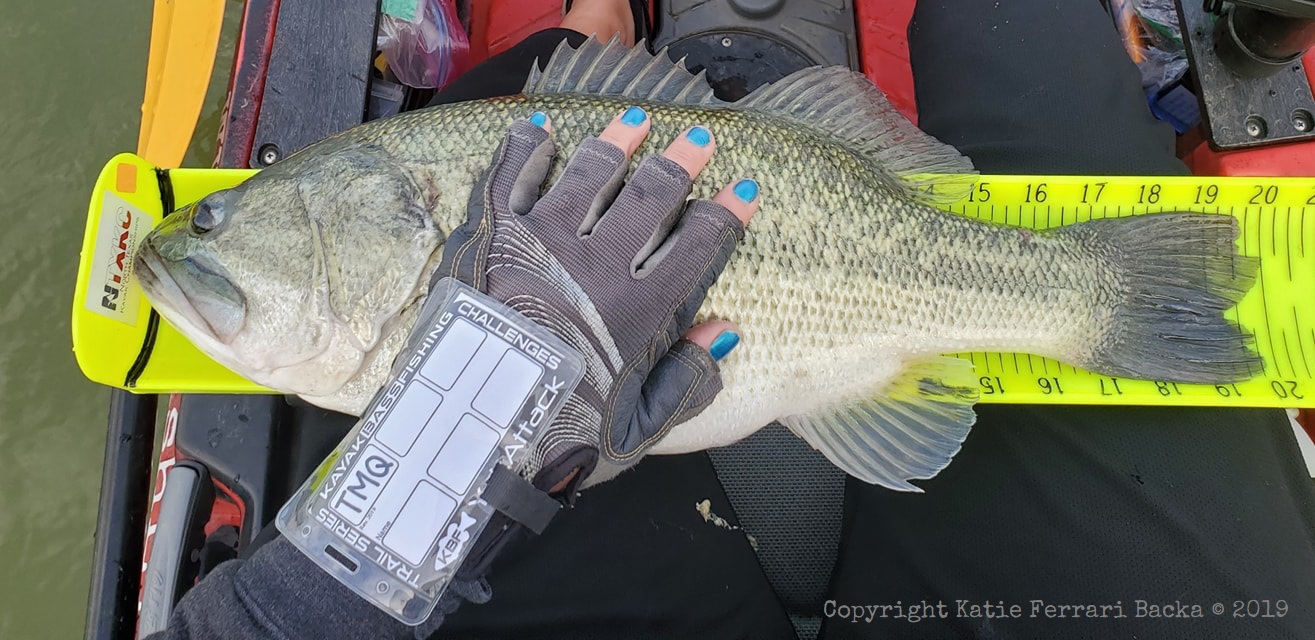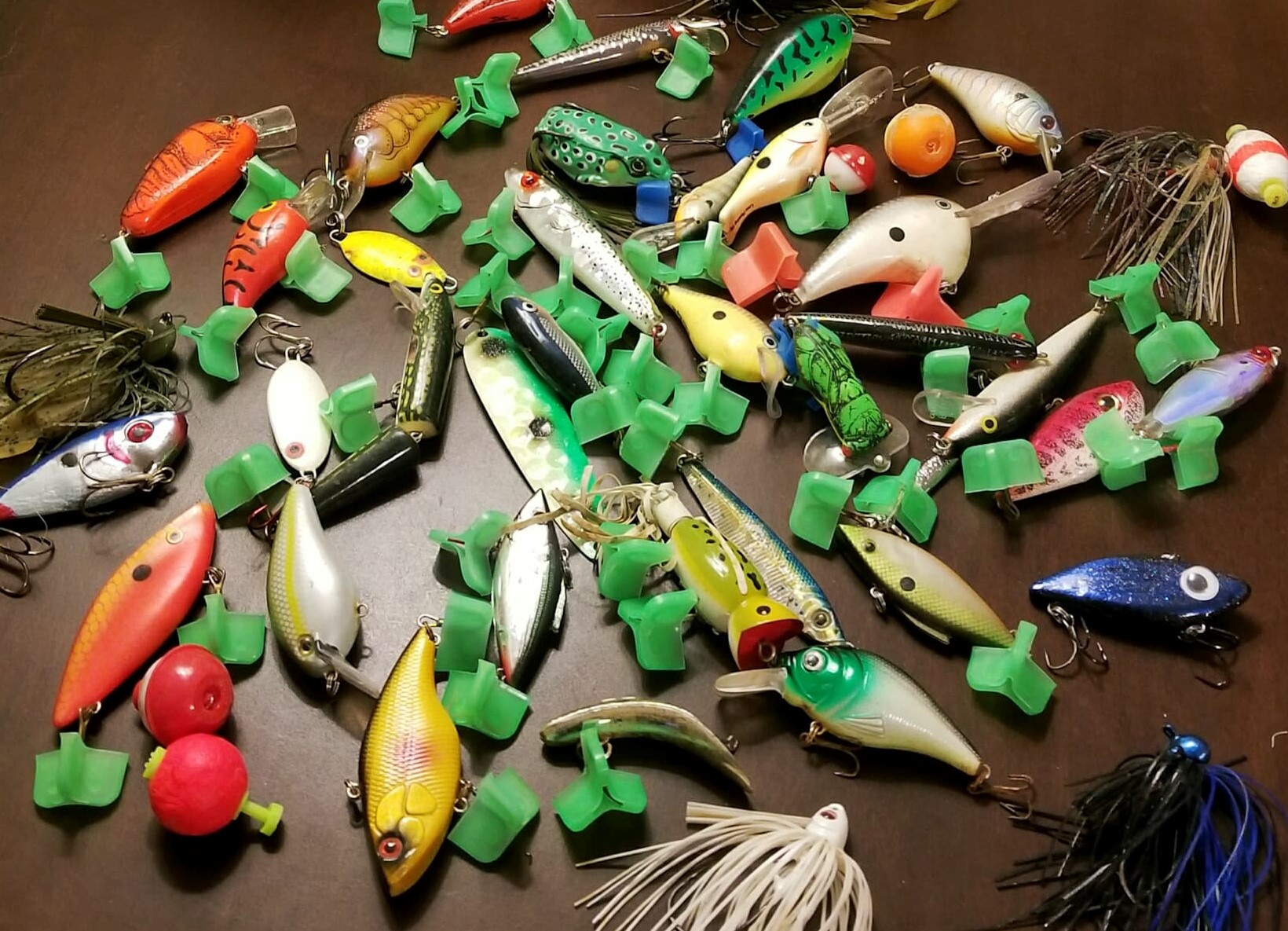No matter what work surface you use, line it with a couple of clean paper towels - this will help you keep things organized, and you'll be able to see all of the pieces much easier.
Another thing you'll want to have on hand is the schematic for your reel - if you don't have the paper version that came with your reel, simply Google it, and have it on standby.
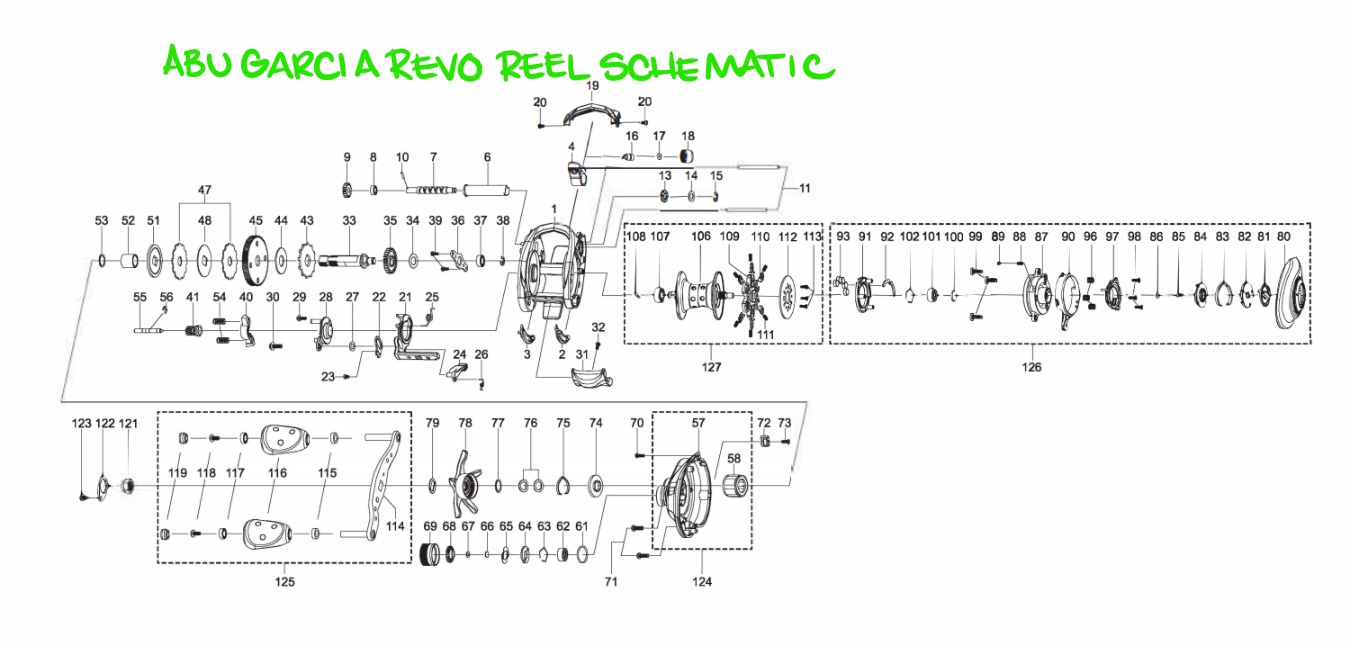
CRAZY IMPORTANT NOTE:
As you take your reel apart, keep EVERYTHING in the exact order and direction you took it off!
Start by taking your reel off of your rod
Clip the lure off of your line, reel it tightly to the spool, and secure it down with tape
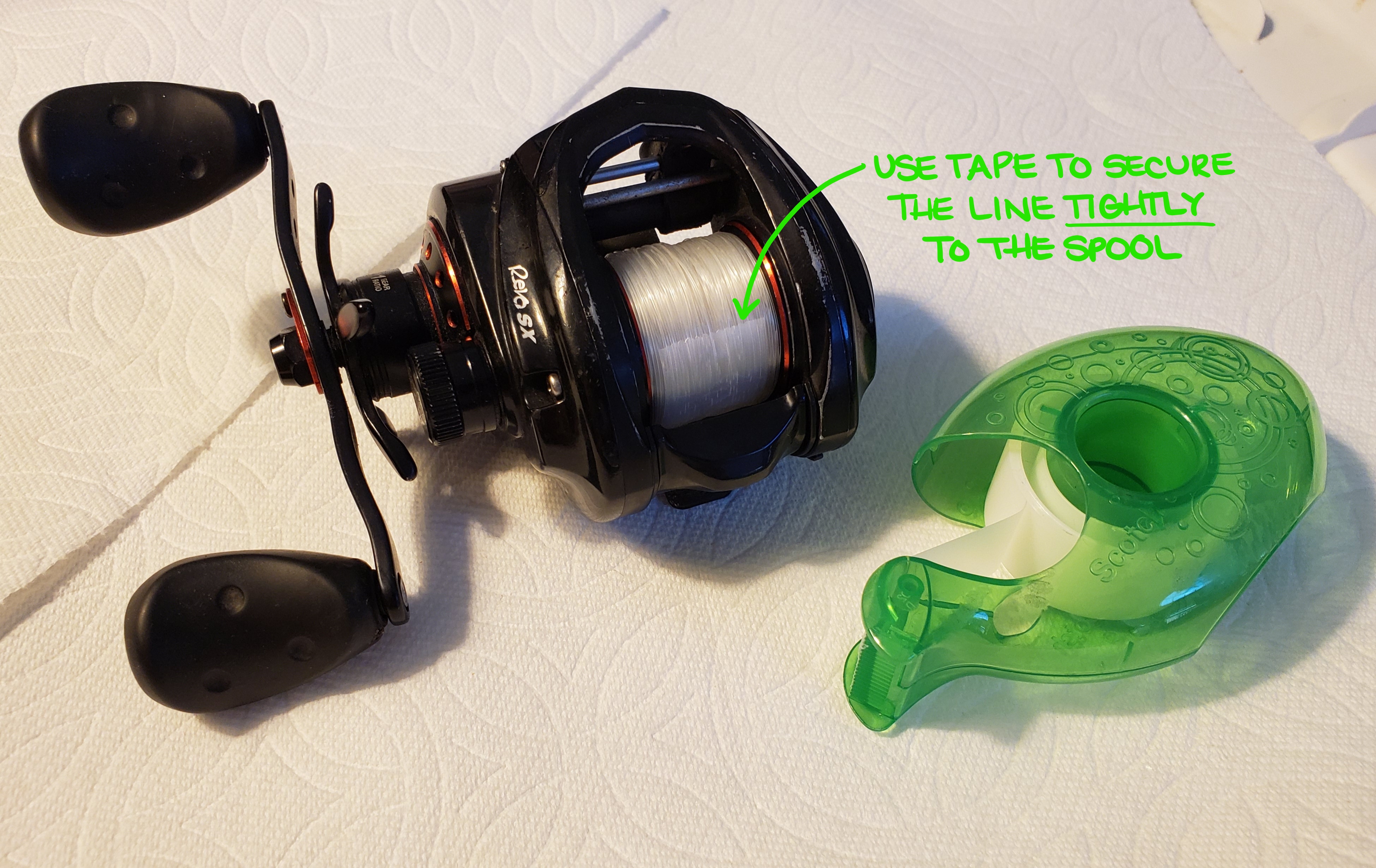
Release the brake plate from your reel - this reel has a latch but others may have a pin, knob, or tension rod
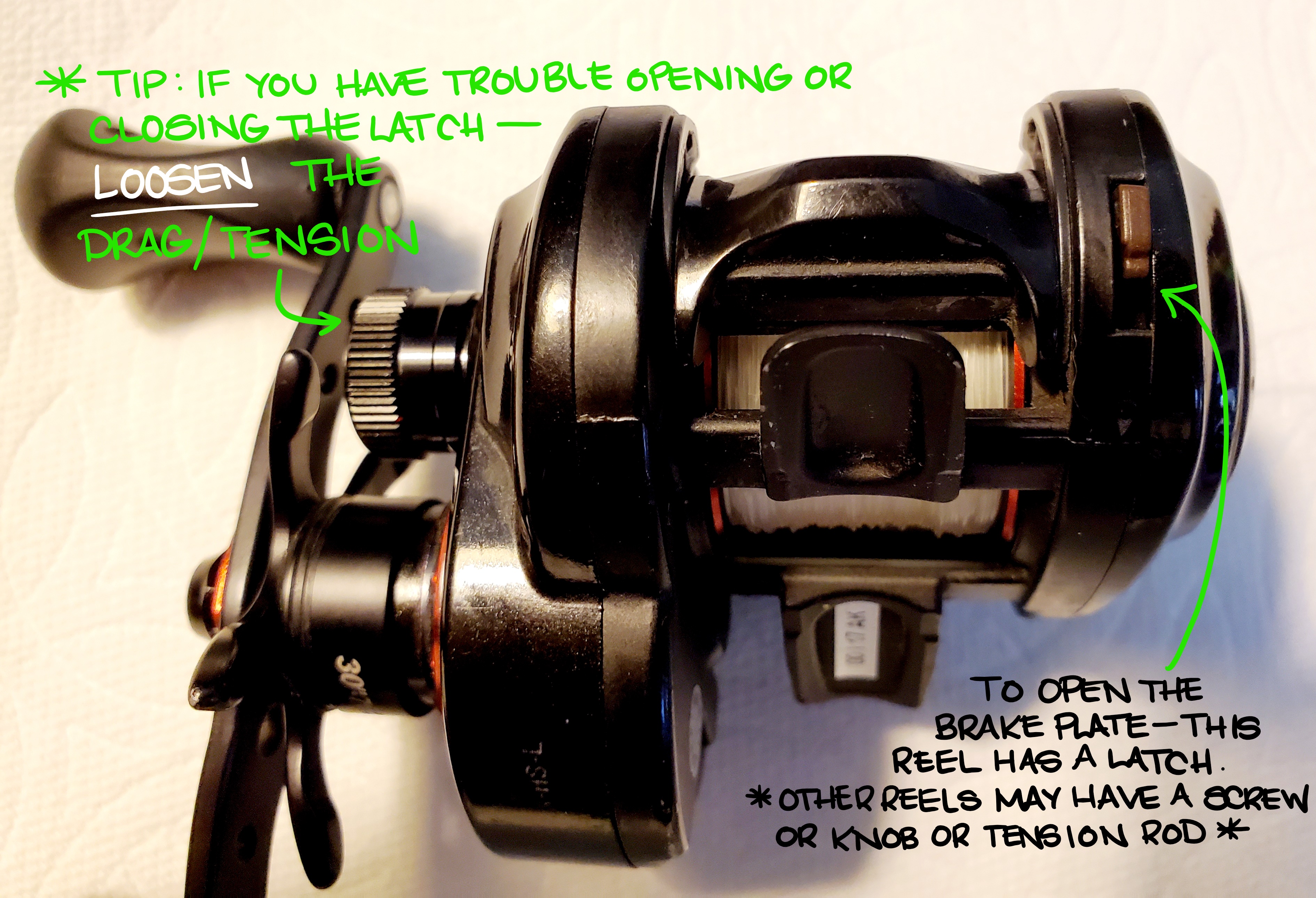
Remove the brake plate and the spool from the reel
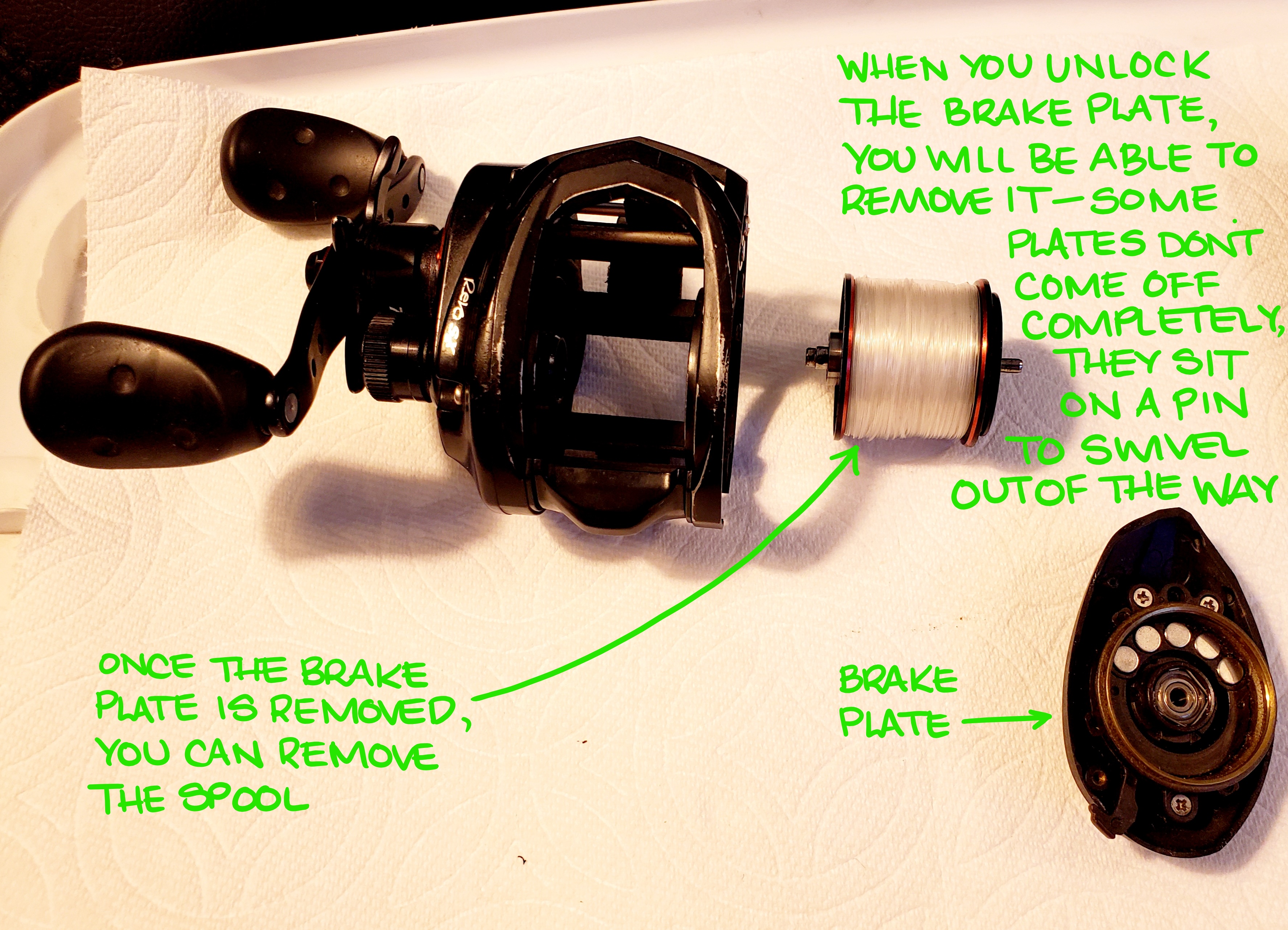
Inspect and clean the brake plate - it tends to catch a lot of gunk - then do the same with your spool
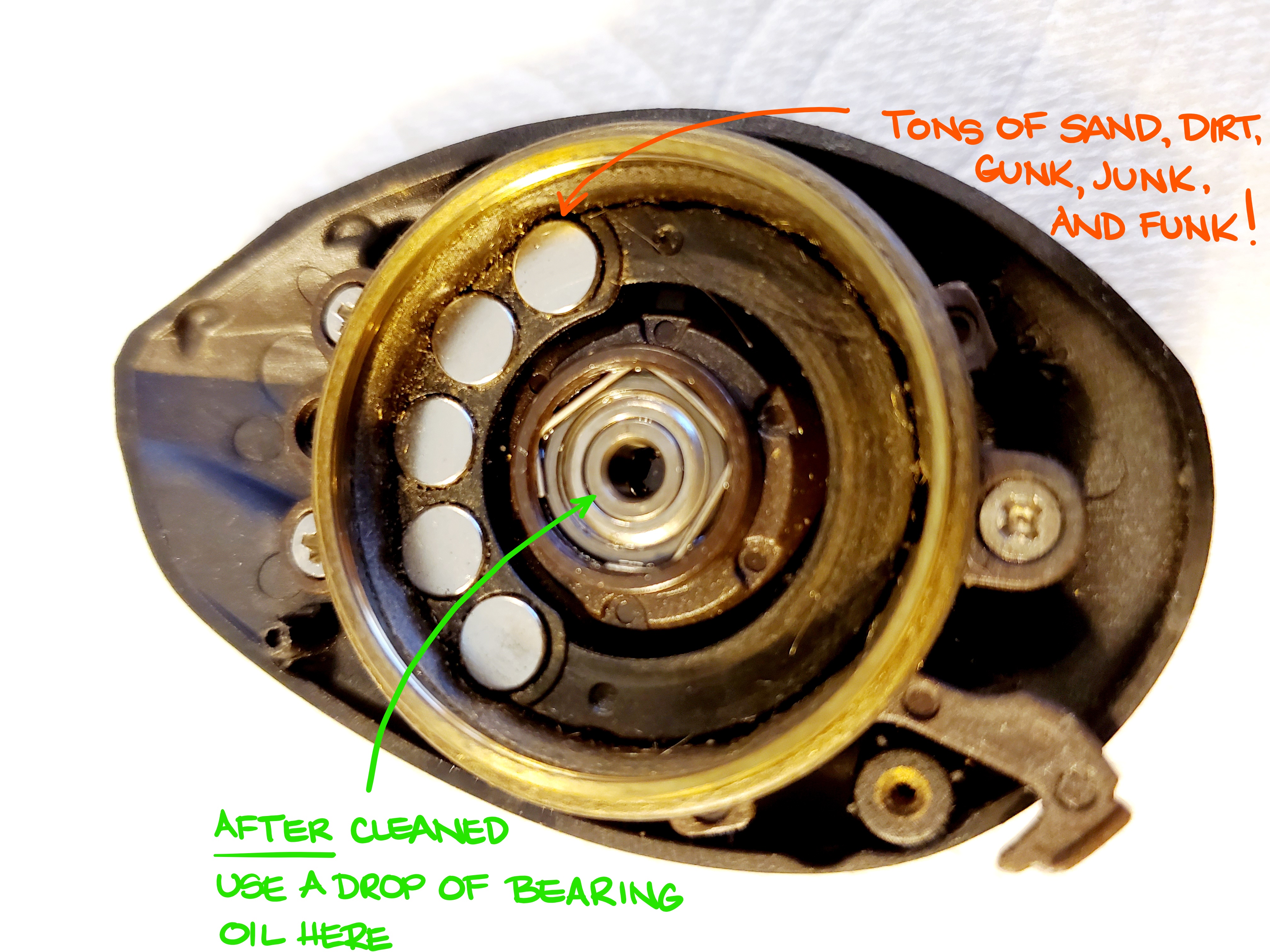
Now inspect and clean the worm gear - it's the exposed gear underneath where your line comes off of the spool
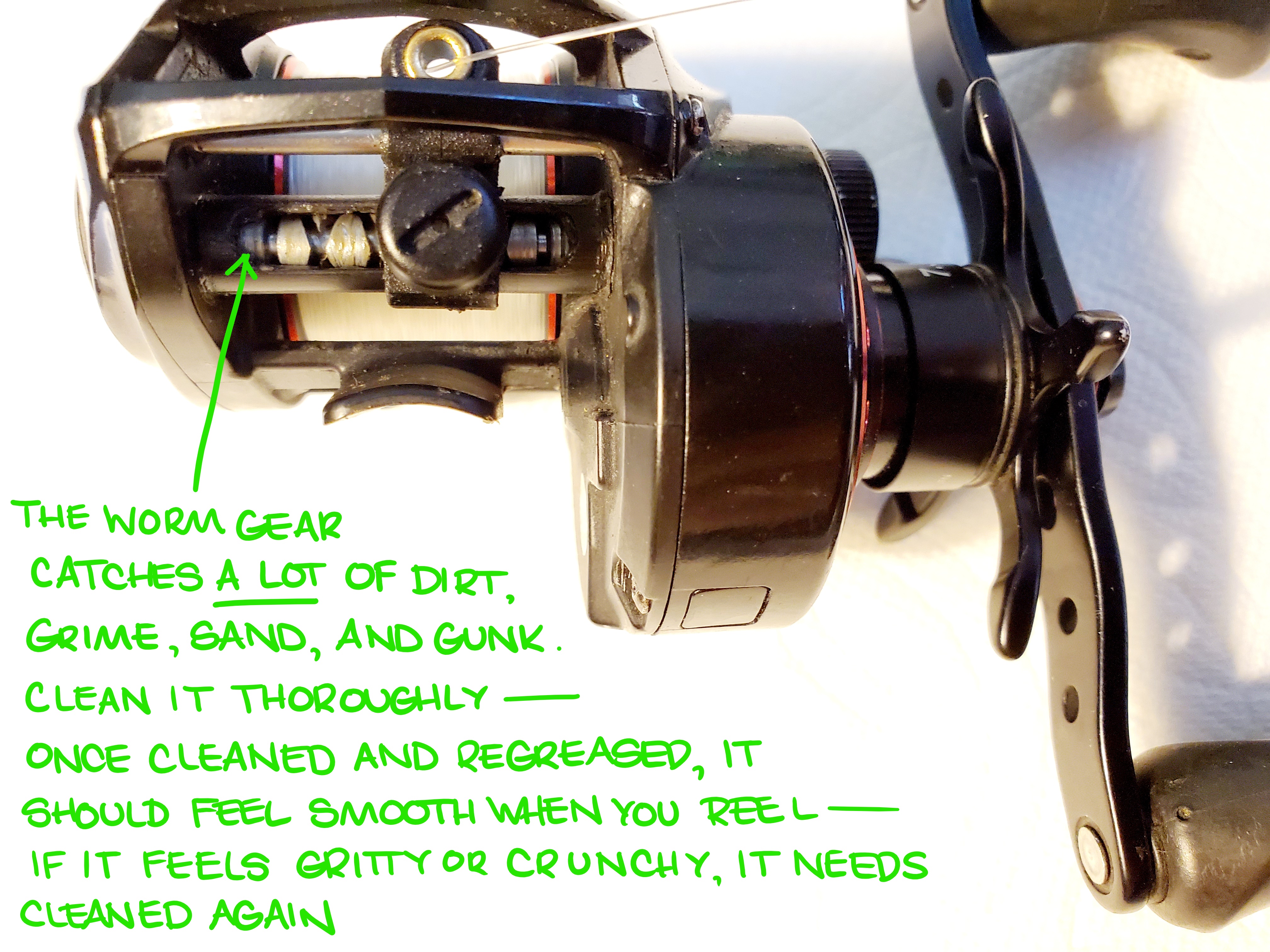
Inspect and clean the reel body - certain parts get dirtier than others because the line coming off of the reel flings dirt around every time you cast
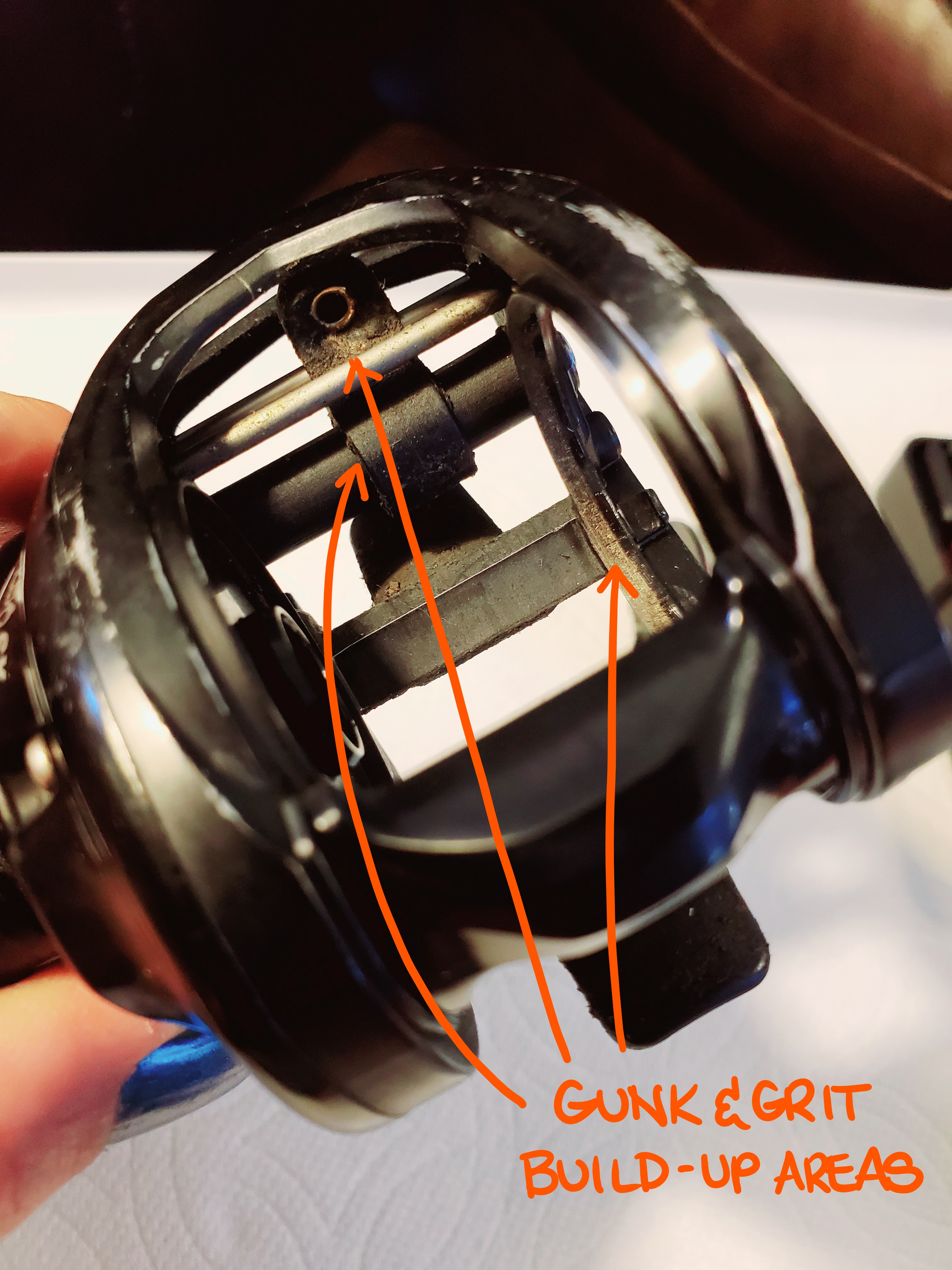
Now undo all of the screws holding the other side of the reel onto the body
Make sure you hold the plate tight to the reel body as you unscrew everything
Turn the reel onto its side, with the handle on top, pointing towards the ceiling - then CAREFULLY lift it straight up off of the body
There are tiny springs under the plate that can "pop" off if you aren't careful - they're not fun to have to find on the floor...just ask my husband, Ryan...
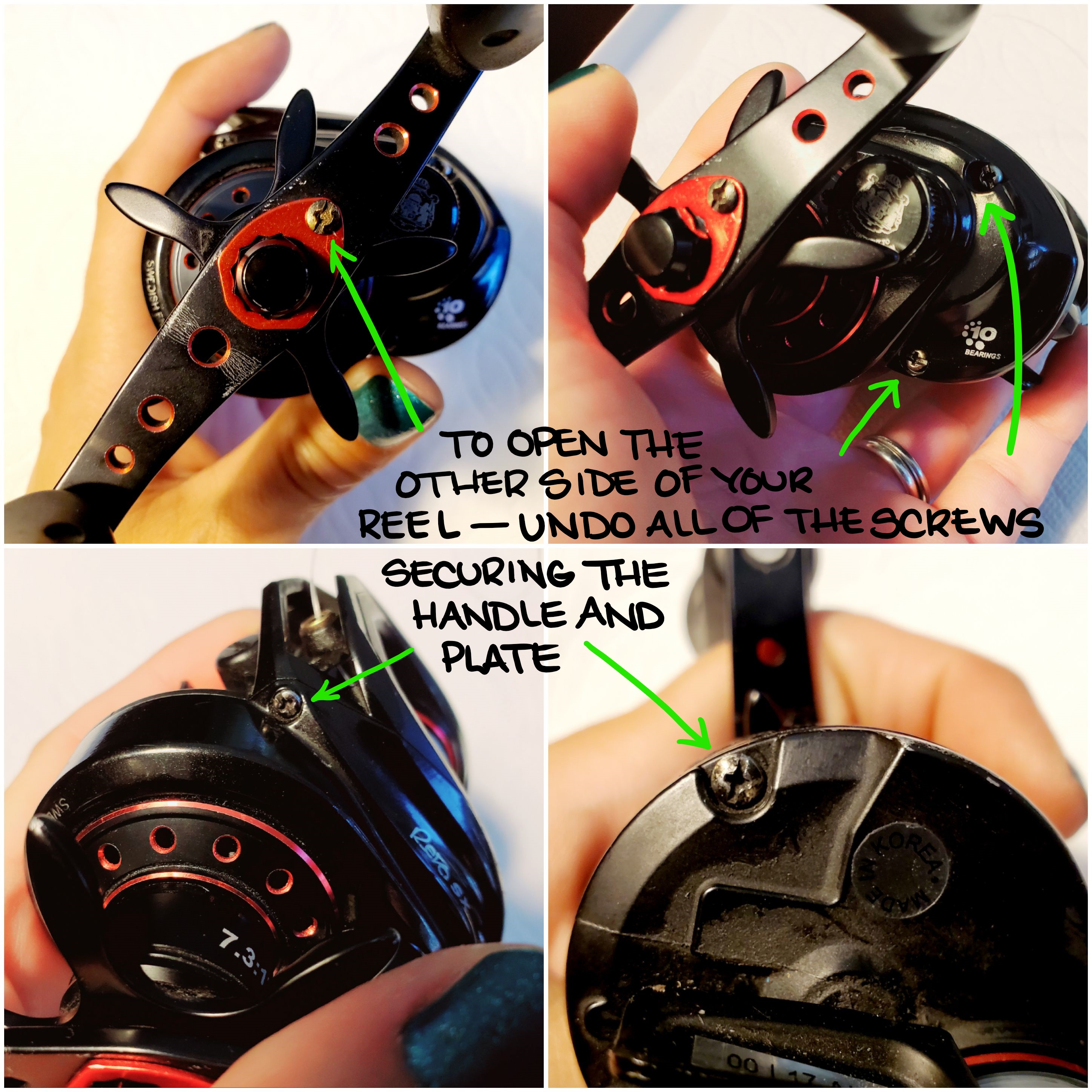
Set the reel body down with the gears facing up, and then inspect and clean the plate
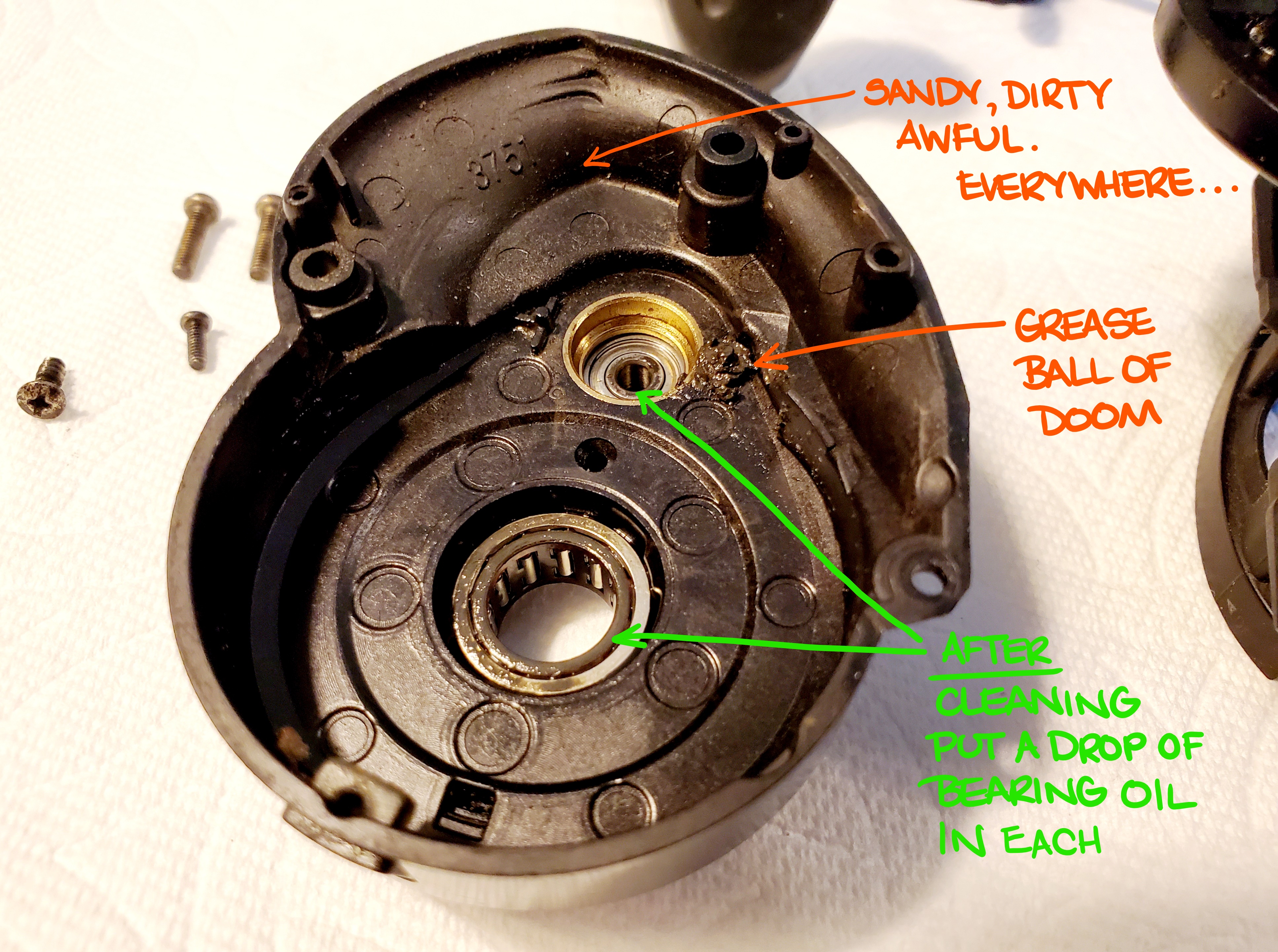
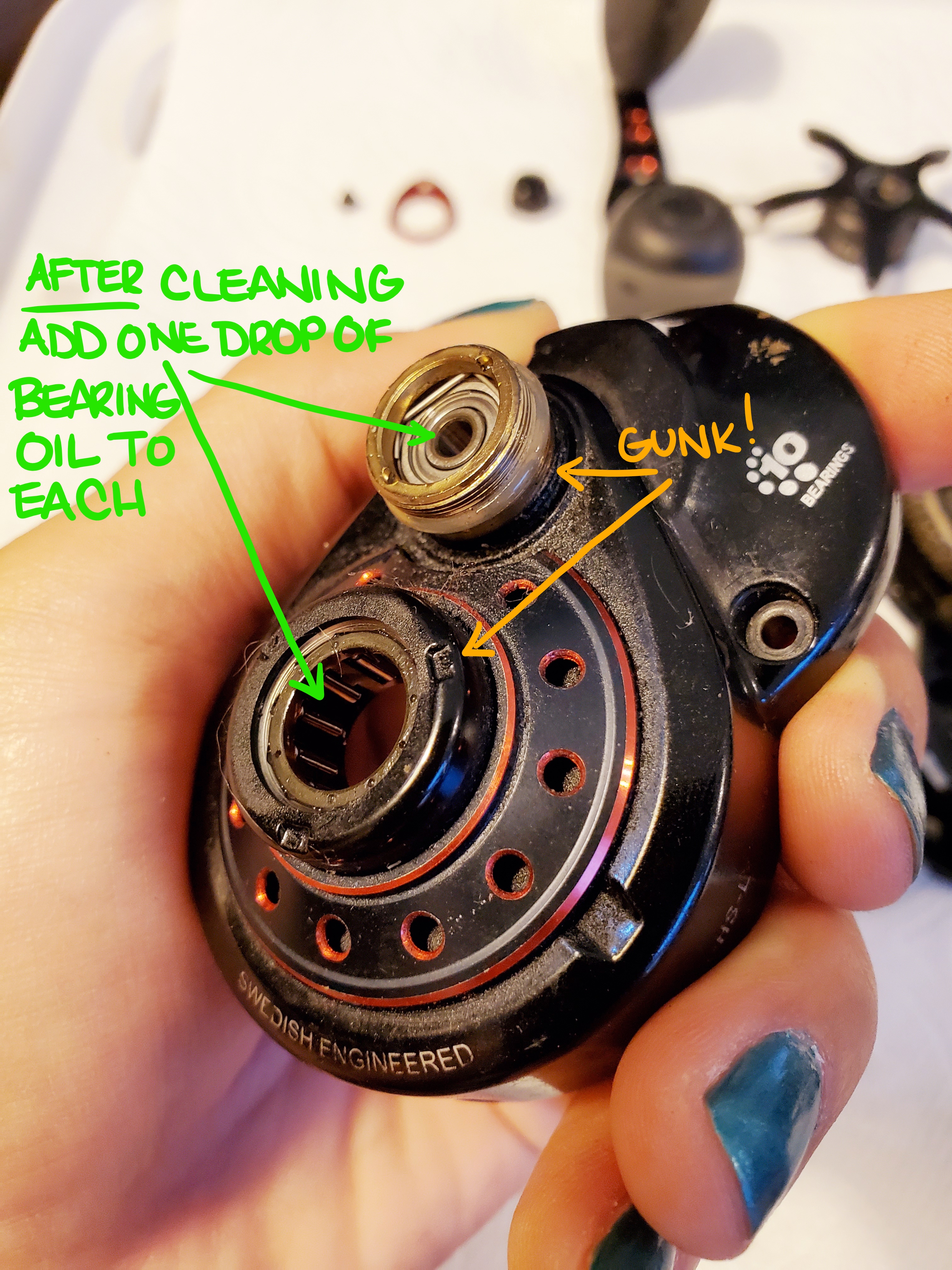
The inside of the reel can get pretty funky...
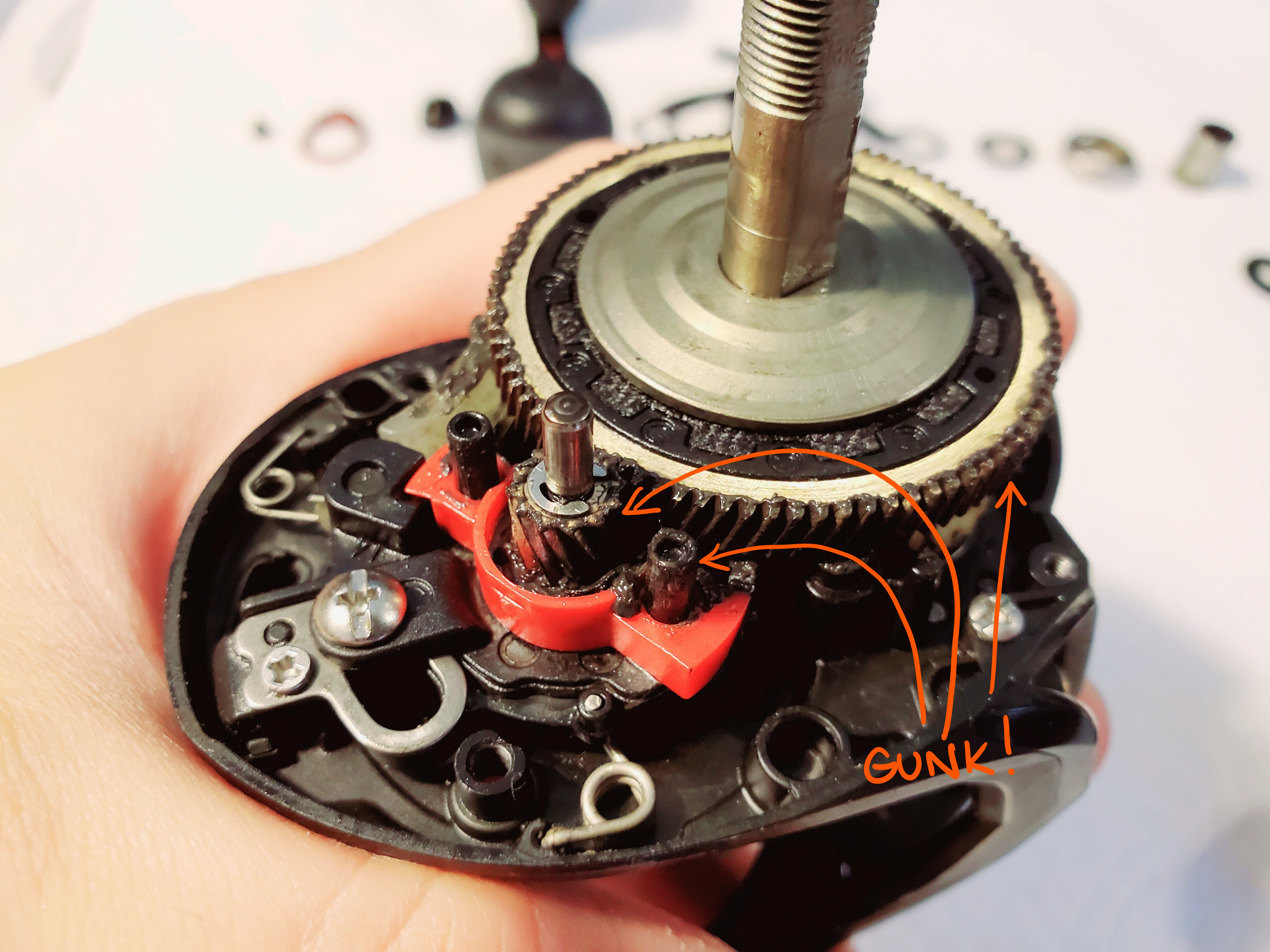
Remember - keep EVERYTHING in order as you take the reel apart!
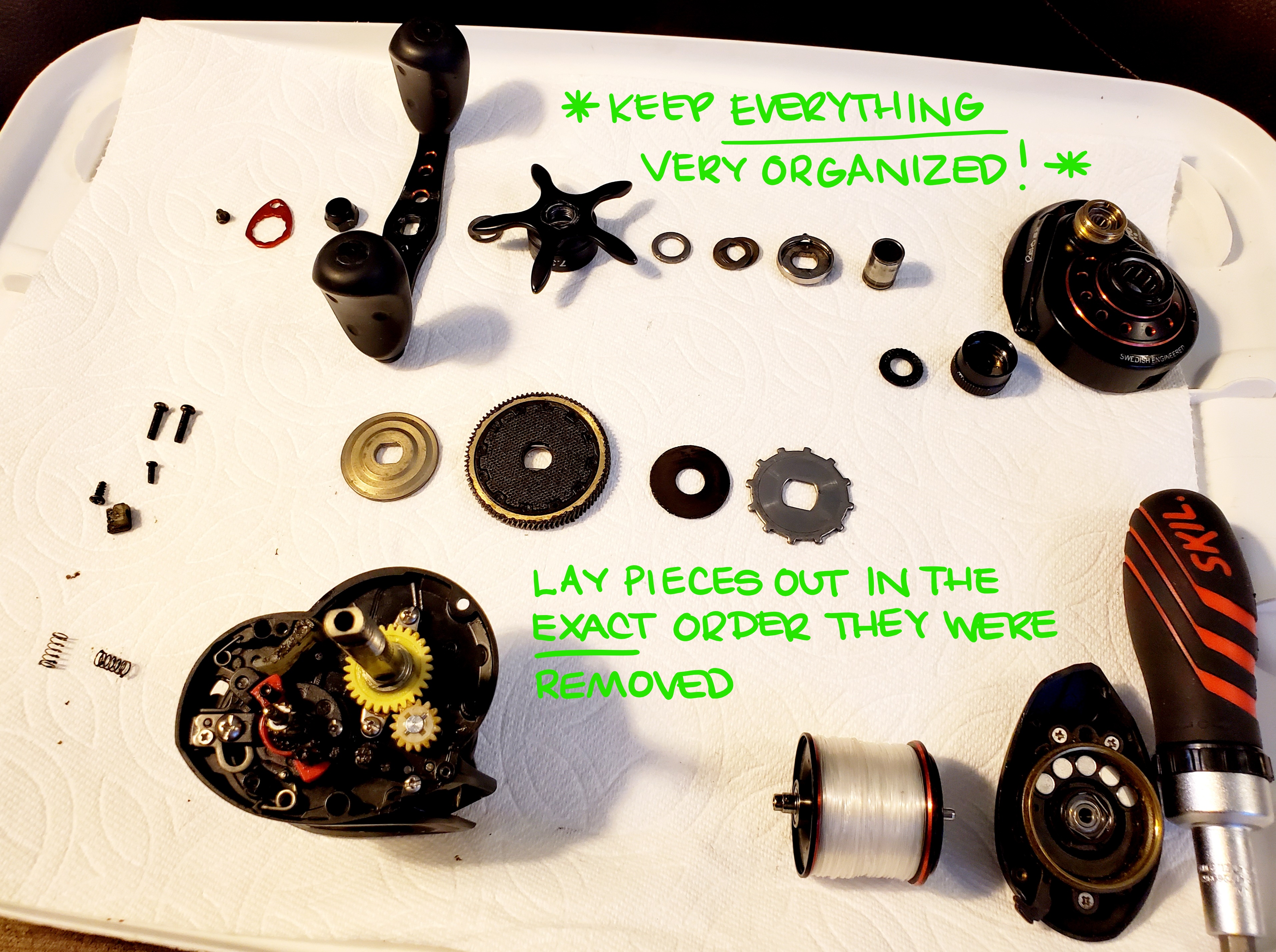
Now inspect and clean the gears - make sure you scoop out the heaps of grease that will build up in certain spots
Use the toothbrush to clean out the main, big gear teeth
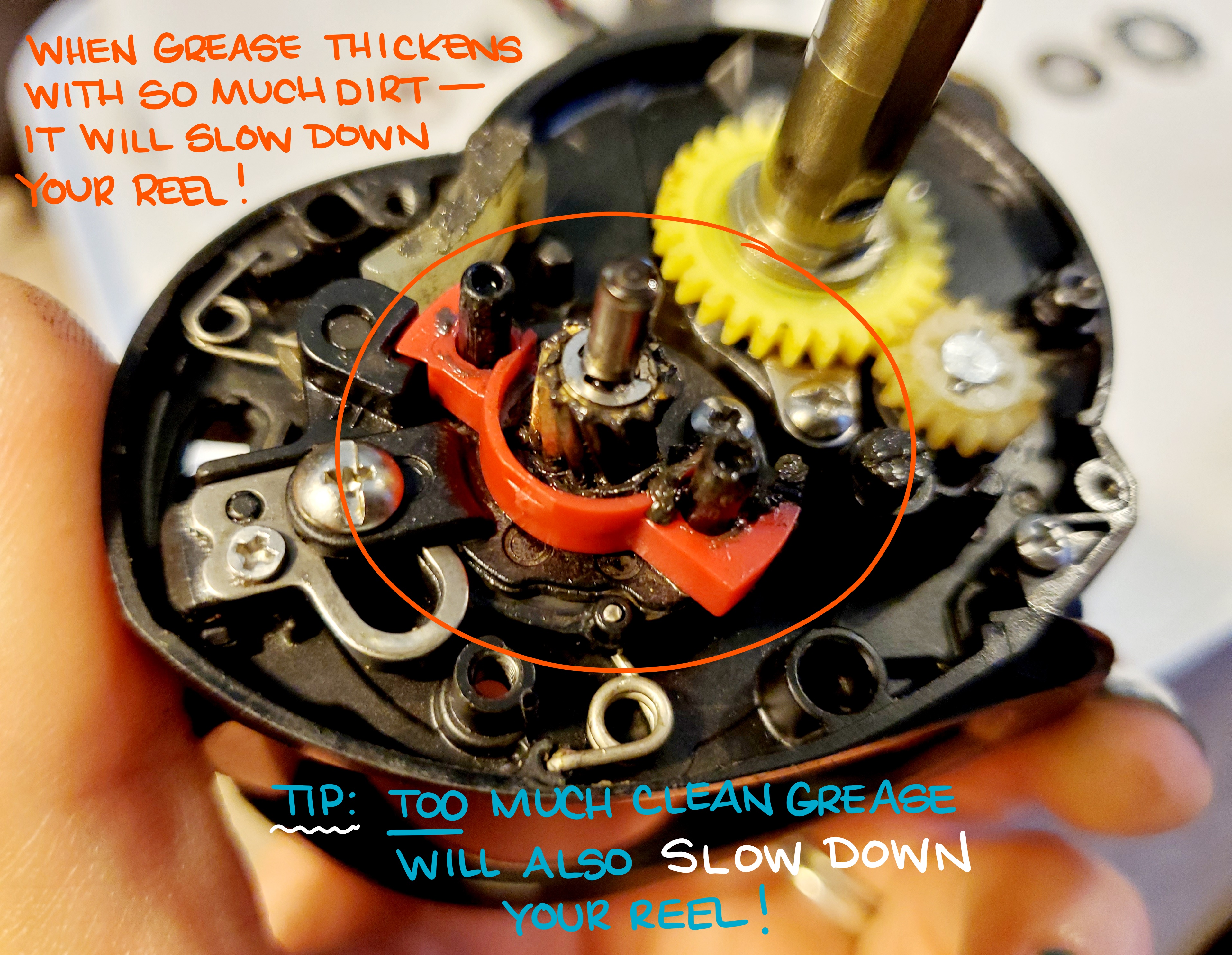
If you fish a lot - like every day, a lot - or if you've NEVER cleaned your reel out - the amount of dirt, gunk, and funk you get out of your reel will be ridiculous...
To give you an idea of how much? This is just some of what came out of this reel - which was cleaned out about 2 months ago...
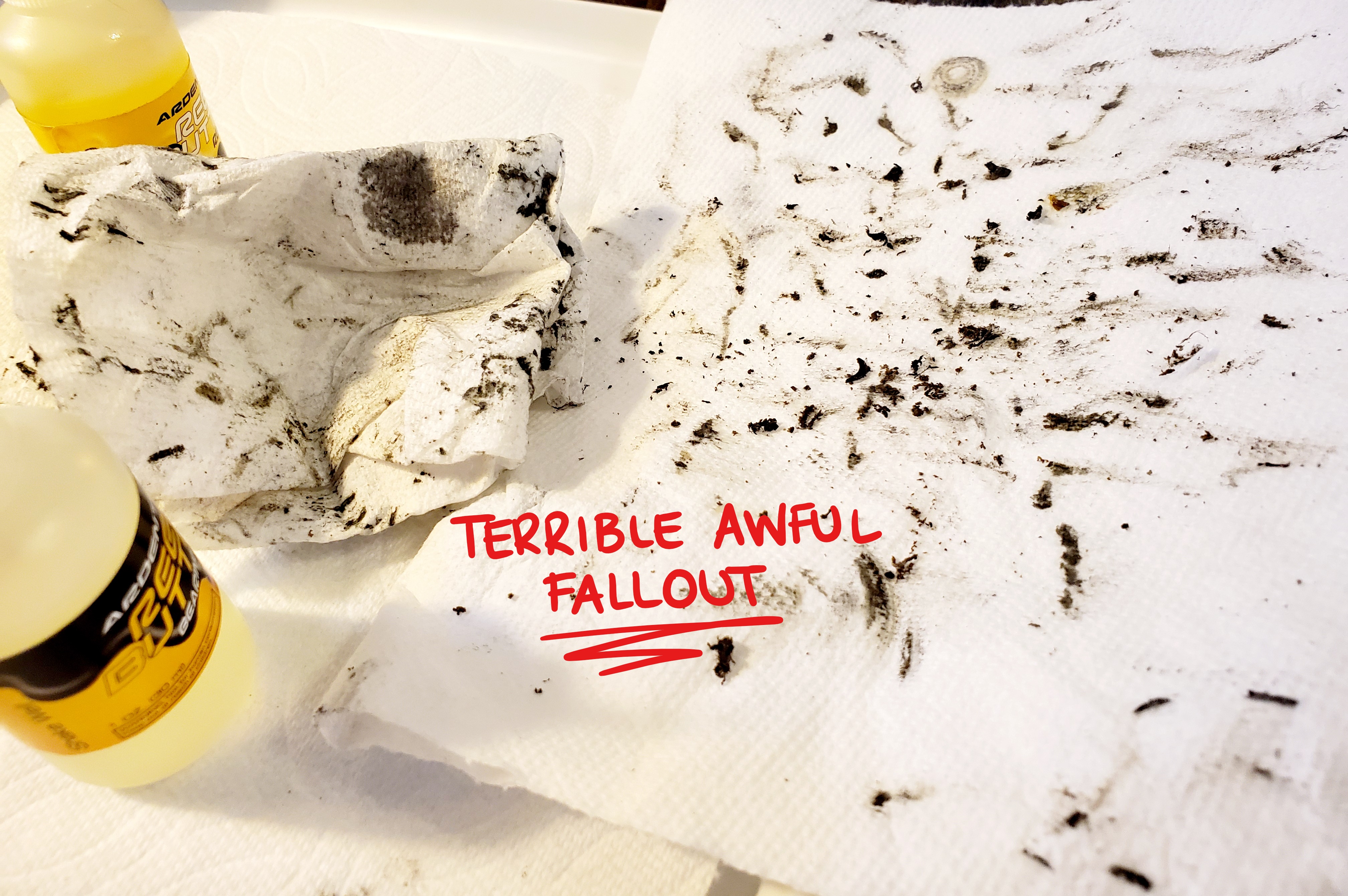
Once you get rid of all the nasty - use the grease on gears, reel oil on anything thats a pin or spins (like the handle knobs or spool pin), and use the bearing oil on all of the bearings
But remember - LESS IS MORE - so use ONE drop of oil where needed, and just enough grease to have a tiny bit in all of the gear teeth
If you use too much oil or too much grease, your reel will slow down - not speed up...
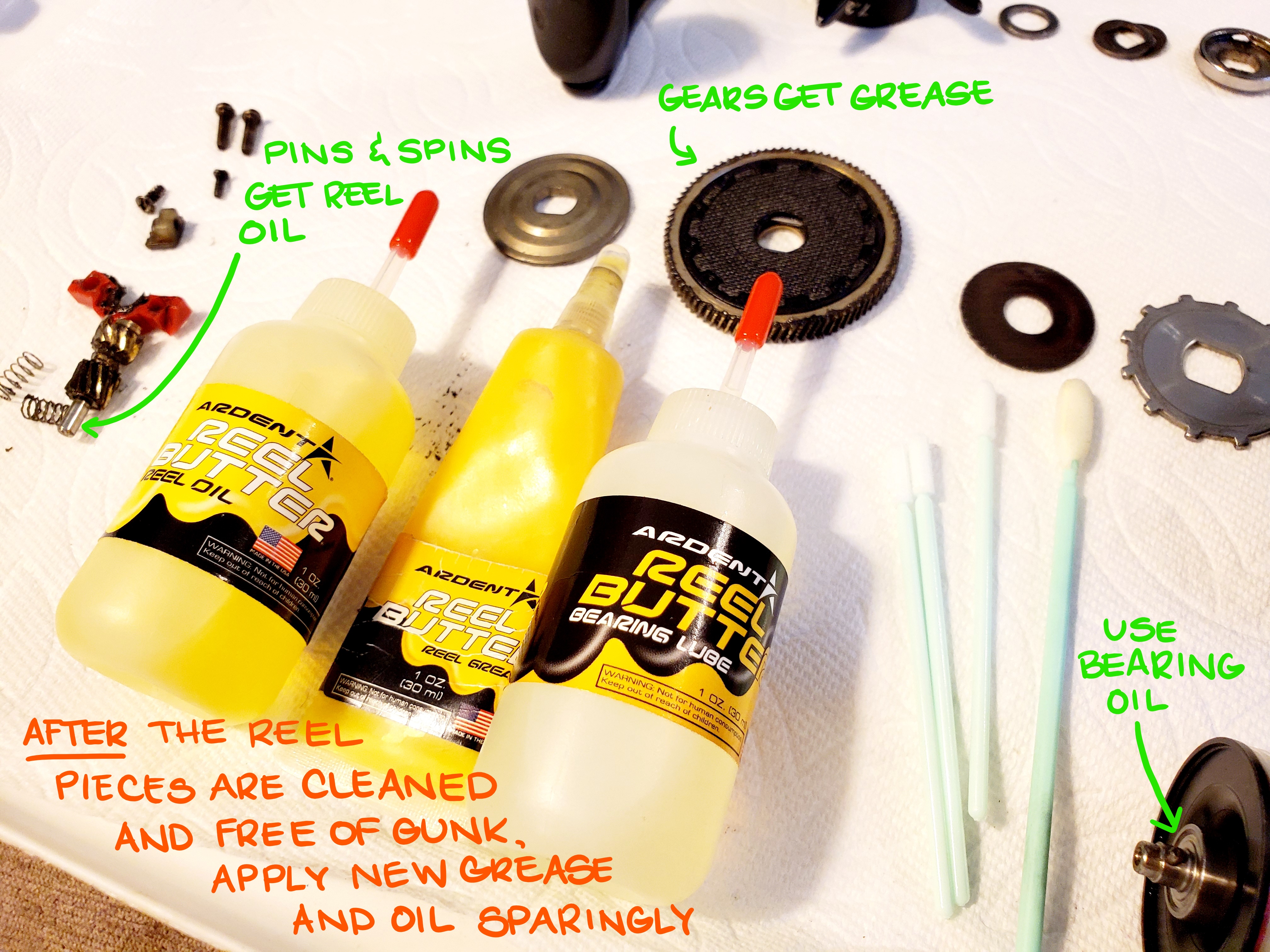
While you're greasing and oiling each piece, begin putting the reel back together (not setting freshly greased pieces back on the towel)
Once you're all done, check that everything was put back together properly by reeling the handle, and adjusting the tension, drag, and brakes
If you've done a good job, your reel should work like it's new again!
If your reel isn't working, grab your schematic, and go through the reel piece by piece.
Make sure that you've got all the pieces back on in the direction, and in the right order.
Hopefully this helps extend the life of your reel, and keep it running at its full potential!


